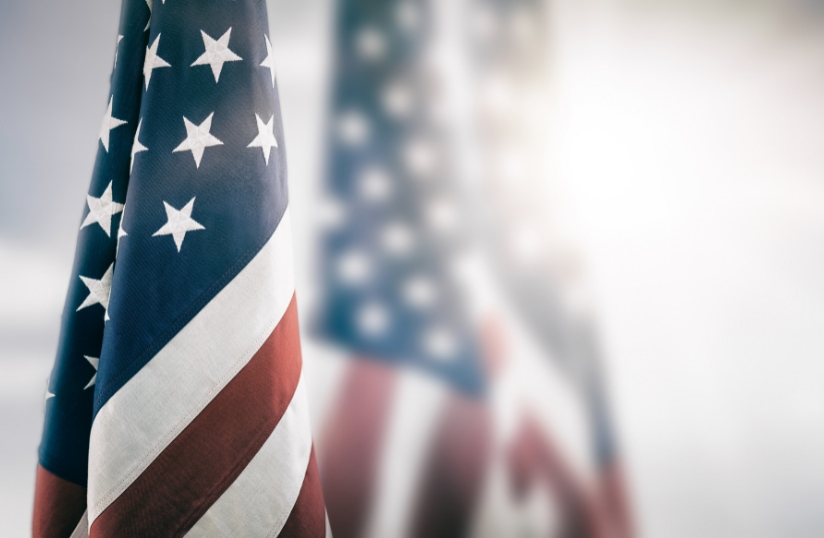Blog
Memorial Day: Not Just Another Holiday

For many Americans, Memorial Day kicks off the summer season. It’s a three-day weekend perfect for fun, trips, and visiting friends and family. But for many others, especially those who have served in our armed forces, Memorial Day is much more than just a time for fun.
The Meaning of Memorial Day
Memorial Day is a day set aside to commemorate the men and women who made the ultimate sacrifice for our freedom. These brave individuals lost their lives, leaving behind friends and family with their freedom intact but their hearts broken.
A Brief History of Memorial Day
Although we don’t know the exact origins of Memorial Day, we can trace its roots back to Decoration Day. This early tradition involved cleaning cemeteries and honoring the deceased. In rural America, families typically gathered for picnics and reunions in late summer. They combined these social events with maintaining and decorating the graves of their loved ones.
Decoration Day gained prominence after the Civil War. People erected monuments and held ceremonies to remember the lives lost. The first official Decoration Day was on May 30, 1868, when Northern General John A. Logan called for a remembrance day to decorate fallen soldiers’ graves.
President Ulysses S. Grant and General James A. Garfield (who later became the 20th U.S. president) presided over the first Memorial Day ceremony at Arlington National Cemetery. About 5,000 people joined in to decorate the graves of 20,000 Civil War soldiers.
After World War I, Americans began using Memorial Day to honor those who died in the country’s wars. It became more widely established as a national holiday throughout the United States.
Six Facts You Might Not Know About Memorial Day
- National Moment of Remembrance: A National Moment of Remembrance occurs every Memorial Day at 3 p.m. local time. Congress established this tradition in 2000 as an act of national unity.
- Original Observance Date: Initially, Americans observed Memorial Day on May 30. In 1971, Congress made it a national holiday, moving the observance to the last Monday of May to create a three-day weekend.
- Official Name Establishment: Although Americans referred to the holiday as Memorial Day as early as 1882, federal law did not officially establish it as its name until 1967.
- Regional Acknowledgement: The Northern states were the first to acknowledge Memorial Day. New York designated it as a legal holiday in 1873. In contrast, Southern commemorations were rarely held on one specific day, with observations varying by state and spread throughout the spring and early summer.
- Flag Etiquette: It is customary to fly the flag at half-mast until noon and then raise it to the top of the staff until sunset.
- Red Poppies Tradition: Due to the poem “In Flanders Fields” by John McCrae, many people wear red poppies to remember those who died. It references the red poppies that grew over the graves of fallen soldiers.
So, have the barbecues, enjoy the sunshine, and celebrate life and living. But remember to take a few moments to pause and reflect on the freedoms our heroes gave their lives for.
As the expression goes, “All gave some, some gave all.” Take time to thank a veteran today. While they came home, many did not. Memorial Day is a great day to remember those who were willing to give their lives so we could enjoy a day like today.
Many members of The Cedars proudly served in the armed forces. This Memorial Day, we honor them and all veterans.